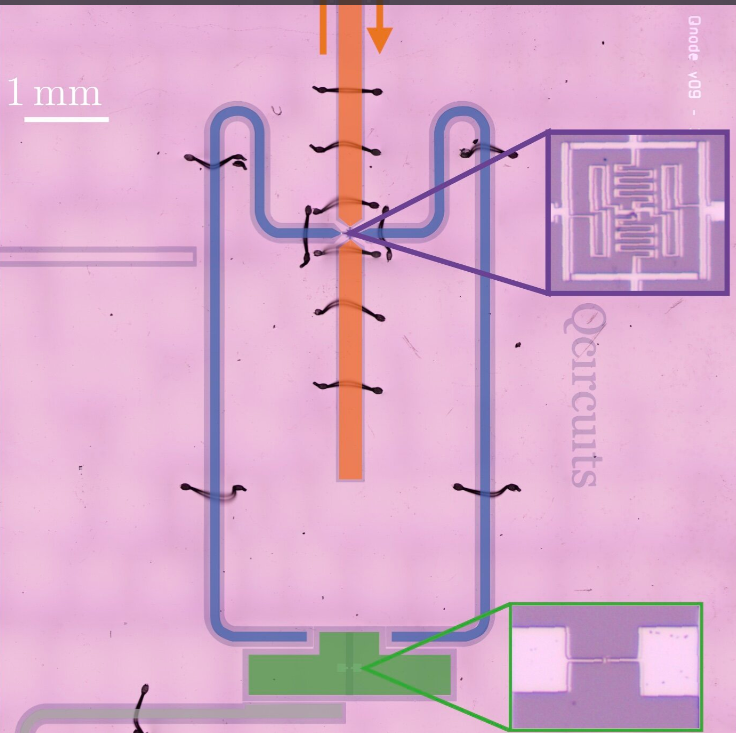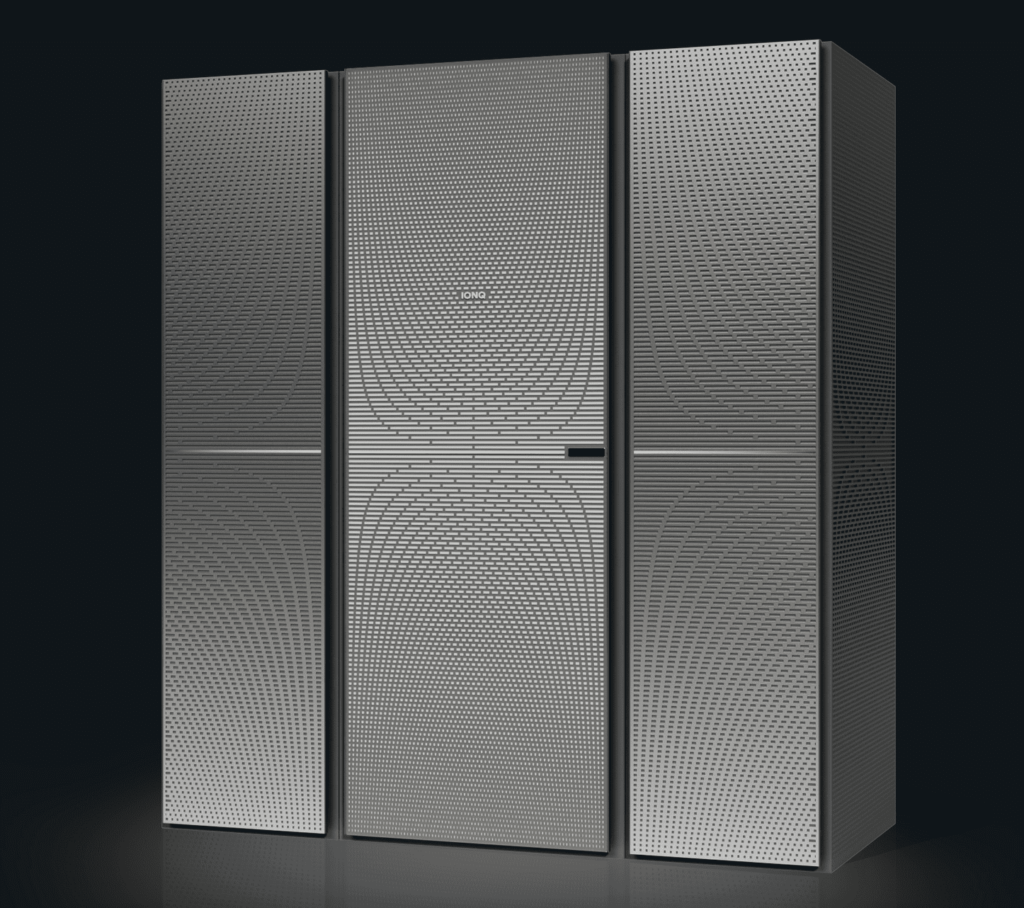In the ever-evolving world of quantum technology, researchers are relentless in their pursuit of the coveted “quantum advantage” over classical computing methods. Leveraging the remarkable principles of quantum mechanics, a diverse array of quantum technologies has emerged, showcasing the potential to surpass classical devices in various tasks. Among these cutting-edge innovations, a groundbreaking discovery has been made in the realm of radar technology.
Unparalleled Performance
A team of researchers from Ecole Normale Supérieure de Lyon, CNRS, recently introduced a pioneering quantum radar that exhibits unparalleled performance, outshining all existing radars based on classical principles. Their breakthrough was featured in a paper published in Nature Physics, presenting a radar that simultaneously measures entangled probe and idler microwave photon states, ingeniously merging with thermal noise.
The paper, published on June 29th, begins with the abstract:
A central goal of any quantum technology consists in demonstrating an advantage in their performance compared to the best possible classical implementation. A quantum radar improves the detection of a target placed in a noisy environment by exploiting quantum correlations between two modes, probe and idler. The predicted quantum enhancement is not only less sensitive to loss than most quantum metrological applications, but it is also supposed to improve with additional noise. Here we demonstrate a superconducting circuit implementing a microwave quantum radar that can provide more than 20% better performance than any possible classical radar. The scheme involves joint measurement of entangled probe and idler microwave photon states after the probe has been reflected from the target and mixed with thermal noise. By storing the idler state in a resonator, we mitigate the detrimental impact of idler loss on the quantum advantage. Measuring the quantum advantage over a wide range of parameters, we find that the purity of the initial probe-idler entangled state is the main limiting factor and needs to be considered in any practical application.
Three Years On…
“Our journey began in 2020 when we designed a superconducting circuit capable of generating entanglement, manipulating microwave quantum states, and quantifying microwave field photons,” said Benjamin Huard, one of the leading researchers behind the study, in an interview with Phys.org. “Little did we know that this circuit held the key to tackling one of the most significant challenges in microwave quantum metrology — achieving a quantum advantage in radar sensing.”
Previous endeavours had explored the realm of quantum radars aiming to surpass conventional ones. While some success was achieved using optical systems, the realm of microwave radiation had yet to witness such a feat.

Huard and his colleagues became trailblazers, achieving the first-ever microwave-based quantum radar that outperforms any classical radar known to date. Their radar operates by exploiting correlations beyond the boundaries of classical physics theories, imprinted between two microwave radiations.
“Our radar generates quantum entanglement between a microwave resonator and a signal directed at a target obscured by copious microwave noise, such as atmospheric interference,” explained Huard. “When the target exists, it reflects a minuscule portion of the signal amid the overwhelming noise. Our device ingeniously combines this intriguing signal fraction with the resonator’s stored field in a manner that generates varying photon quantities, depending on the target’s presence. A built-in microwave photon counter then probes these photons.”
In initial evaluations, the microwave quantum radar showcased a remarkable 20% improvement in radar detection speed compared to its classical counterparts. However, achieving this milestone was no easy feat.
Difficult Task
“It was an arduous task to make this demonstration work, despite the seemingly straightforward operating conditions,” said Huard. “We dealt with a single unknown — the presence or absence of the target — and conducted the entire experiment at a frosty 10 mK, far from the open air. One significant challenge for direct applications in quantum radars lies in the requirement for signals significantly lower than a microwave photon to observe a quantum advantage. Furthermore, we discovered the initial signal’s pure entanglement with the resonator to be a crucial factor for usefulness.”
Undeterred, Huard and his team embarked on a series of tests, meticulously measuring the quantum advantage of their radar across a wide range of parameters. These assessments unveiled that the purity of the initial entangled state between the probe and idler could pose limitations, necessitating careful consideration when deploying the radar in real-world scenarios.
Huard found a particular aspect intriguing:
“What I find most interesting is the fact that we can achieve a quantum advantage despite operating in an environment so noisy that entanglement cannot endure. It stands as a rare exemplar where beyond-classical correlations can be harnessed for an advantage, even without any remaining entanglement,” he said.
The recent achievements by this enterprising team of researchers significantly contribute to the ongoing efforts to enhance quantum radar technology’s performance. In the foreseeable future, their pioneering approach may inspire the development of similar microwave quantum radars, potentially achieving even greater quantum advantage.
“I firmly believe that numerous unexplored applications await us, wherein these non-classical correlations, devoid of entanglement, play a pivotal role,” said Huard. “We now aim to delve deeper into microwave sensing using quantum resources, particularly in the context of electron spin resonance or axion research.”
Featured image: Optical image of the superconducting circuit at the core of the quantum radar experiment. By pumping the ring of tunnel junctions (purple zoom in), the resonator (blue) gets entangled with the signal (orange) that exits toward the possible target. By pumping it again at the time when the possibly reflected signal comes back, the resonator and the incoming signal are jointly measured via a quantum bit (green) that counts how many photons are in the resonator. Credit: Quantum Circuit Group (ENS de Lyon)
If you found this article to be informative, you can explore more current quantum news here, exclusives, interviews, and podcasts.



















